Models Of Public Policy
Public policy models are theoretical frameworks that help in understanding how policies are formulated, implemented, and evaluated in political systems. These models are useful in simplifying the complex reality of the policy-making process. Different models highlight different factors and approaches in public policy formation. Below are the most prominent models of public policy :
1. Institutional Model
The institutional model focuses on the formal structures of government—such as the legislature, executive, and judiciary—and how these institutions shape public policy. It emphasizes the legal framework within which policies are made, and assumes that government bodies have the legitimate authority to implement policies.
Key Features:
- Public policy is seen as the product of governmental institutions.
- Laws, rules, and regulations play a central role.
- Institutional frameworks such as federalism, separation of powers, and checks and balances are critical.
Criticism: It does not explain how these institutions arrive at decisions or how external factors influence policy.
2. Rational Model
The rational model posits that policy-making should be a logical process, where decision-makers identify the problem, gather all relevant information, evaluate alternative solutions, and choose the one that maximizes societal benefit.
Steps in the Rational Model:
- Define the problem.
- Identify all possible options.
- Evaluate the costs and benefits of each option.
- Choose the most efficient solution.
- Implement the chosen solution.
- Monitor and evaluate its outcomes.
Key Features:
- Policies are designed to maximize societal welfare.
- Decision-making is systematic and based on empirical evidence.
- Efficiency and effectiveness are prioritized.
Criticism: In reality, perfect information and resources are rarely available, and human cognitive limitations often make rational decision-making impractical.
3. Incremental Model
The incremental model (also called muddling through) suggests that policy-making is a gradual, evolutionary process, where changes are made in small steps rather than through radical shifts. Policies evolve over time as governments make adjustments in response to new conditions or problems.
Key Features:
- Decisions are made by making small adjustments to existing policies.
- It avoids large-scale changes, reducing risks and uncertainties.
- The model reflects political realities, where consensus and compromise often lead to incremental changes.
Criticism: It may prevent significant reforms when necessary and often perpetuates the status quo, delaying necessary but difficult changes.
4. Group Theory Model
The group theory model views public policy as the outcome of competition and negotiation between various interest groups in society, such as businesses, labor unions, non-governmental organizations, and advocacy groups. The government acts as a mediator between competing interests.
Key Features:
- Public policy is a result of group conflict and bargaining.
- Power is dispersed among multiple groups.
- Policies reflect the relative strength of interest groups at a given time.
Criticism: It downplays the role of individual actors and institutions and may lead to the dominance of powerful interest groups, undermining democratic accountability.
5. Elite Model
The elite model proposes that public policy is shaped by a small, powerful group of elites—economic, political, or social leaders—who hold significant influence over the decisions made by the government. The preferences of the elite class tend to dominate policy-making, often at the expense of the masses.
Key Features:
- Policies reflect the interests of the elites rather than the general population.
- The elite dominate key institutions such as the executive, bureaucracy, and legislature.
- Public opinion and mass participation are seen as having limited influence.
Criticism: The model may oversimplify complex policy-making processes and underestimate the potential for democratic participation or reforms from below.
6. Systems Theory Model
The systems theory model, developed by David Easton, views public policy as the product of a political system that is influenced by inputs (demands and support from society) and produces outputs (policies). It sees policy-making as part of a continuous process where feedback from society leads to new inputs.
Key Features:
- Policy is viewed as the output of a broader political system.
- Inputs: Public demands, feedback, and support from the environment (economic, social, and political factors).
- Outputs: Public policies, decisions, and laws that are implemented by the government.
- Feedback: Public reaction to the policies, which can modify future inputs.
Criticism: The model is highly abstract and does not adequately account for the internal workings of institutions or individual decision-makers.
7. Public Choice Model
The public choice model applies economic principles to policy-making. It assumes that all political actors, including politicians, bureaucrats, and voters, are self-interested and motivated by personal gains. This model emphasizes the role of competition, market-like processes, and individual decision-making in the policy process.
Key Features:
- Political actors make decisions based on self-interest.
- Policies reflect the preferences of rational individuals seeking to maximize their utility.
- The model emphasizes minimizing government intervention and promoting market-based solutions.
Criticism: It may overly emphasize self-interest and competition, neglecting the role of cooperation, collective action, and broader societal goals.
8. Policy Stream Model (Kingdon’s Model)
The policy stream model, developed by John Kingdon, emphasizes that public policies emerge when three streams converge: the problem stream (issues that need addressing), the policy stream (available policy solutions), and the politics stream (political will and power). A “policy window” opens when these streams align, allowing a particular policy to be adopted.
Key Features:
- Problem stream: Societal problems that require policy attention.
- Policy stream: The various proposals and solutions that are ready for consideration.
- Politics stream: Political circumstances, including changes in administration or shifts in public opinion.
- When all three streams converge, a window of opportunity allows for policy adoption.
Criticism: The model emphasizes randomness and lacks clear direction on how these streams converge intentionally.
9. Game Theory Model
The game theory model views policy-making as a strategic interaction among various actors, each of whom has different preferences and strategies. Policies are seen as the outcomes of negotiations, compromises, and strategic decisions based on what actors believe other players will do.
Key Features:
- Actors behave rationally and strategically.
- Emphasis on interactions, negotiations, and compromises.
- Policies reflect the strategic interests of different actors.
Criticism: The model assumes rationality and does not account for non-strategic factors like emotions, ideology, or irrational decision-making.
Conclusion
Each model of public policy offers a distinct perspective on the policy-making process. No single model is universally applicable; instead, different models may be more relevant depending on the specific policy, institutional context, and political environment under consideration. Combining insights from multiple models can provide a more comprehensive understanding of public policy processes.


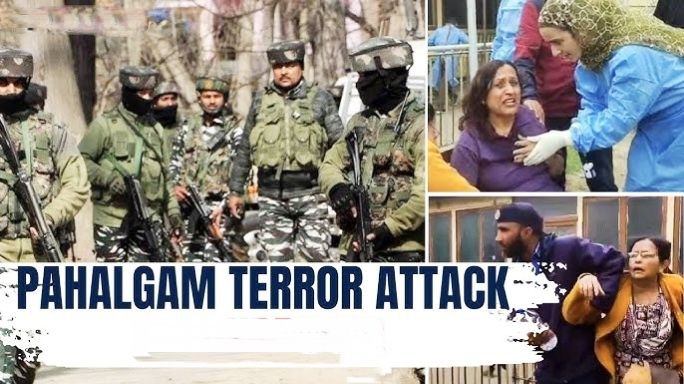

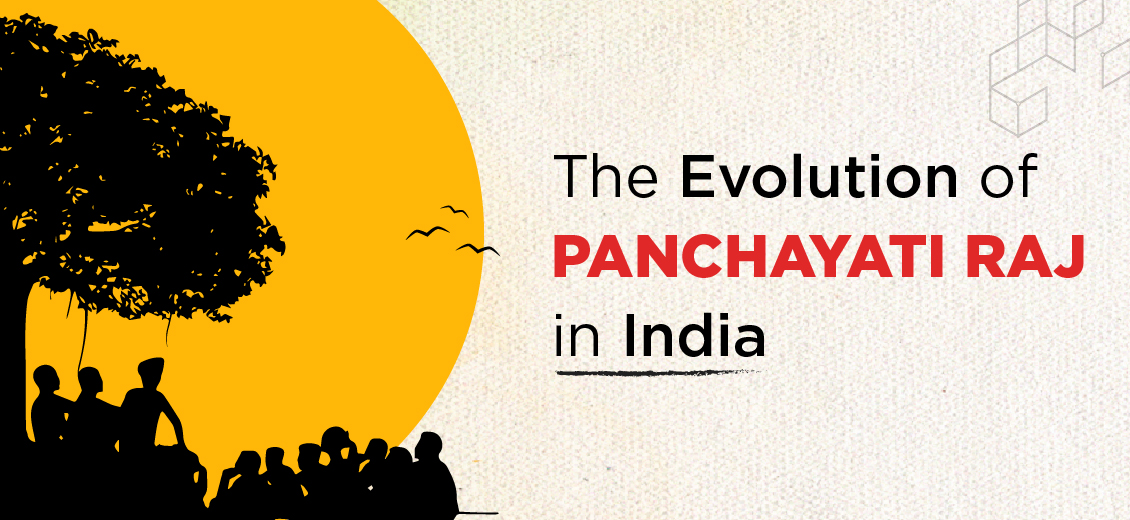





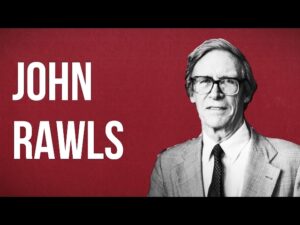
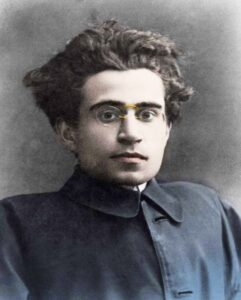
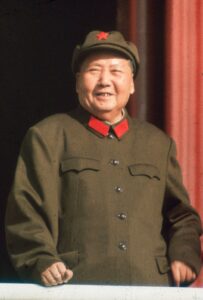
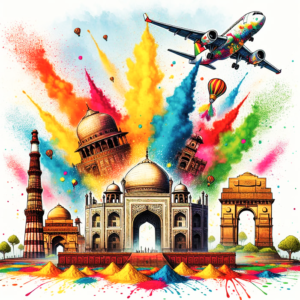
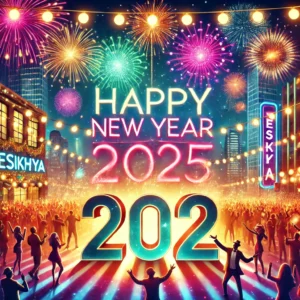
Post Comment